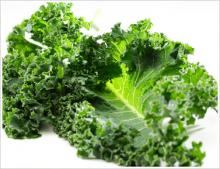A Grove of Flavor
There are websites, television shows, personal trainers, etc. advertising their alternatives for a healthy lifestyle. They offer everything from supplements to recipes, in an effort to promote a healthier us. I have realized that the world is filled with fat free options: some good, some bad, some expensive, some cheap, some lacking in flavor, and some encapsulating our taste buds.
We all want food that tastes good, whether we are eating healthy or are on a budget. The concept of fat free options is invigorating, should those options meet our needs. My goal is to provide some insight on these options, from an individual scouring the world to find them for her own "trying to be healthy" lifestyle. I'm no expert, by any stretch of the imagination. But I can say I love spices, flavor, and plenty of unhealthy food choices; so, finding fat free options that make me happy and most of all, make my taste buds smile, is a challenge all on its own.
With that being said, for those salad lovers.....I want to recommend: Maple Grove Farms of Vermont – Raspberry Vinaigrette dressing. Its fat free and has great flavor. I reside in Denver Colorado and have found this at a grocery store chain, so I assume it is accessible for individuals, regardless of location. Its also gluten free, which is an added bonus for those who need to avoid gluten in their diet. They have a wide variety of dressing selections, to meet the needs of each taste bud.
Adding this dressing (or any of their flavors) to a salad or using as a marinade can be, not only a delightful treat, but also a step towards creating or maintaining a healthier you.







